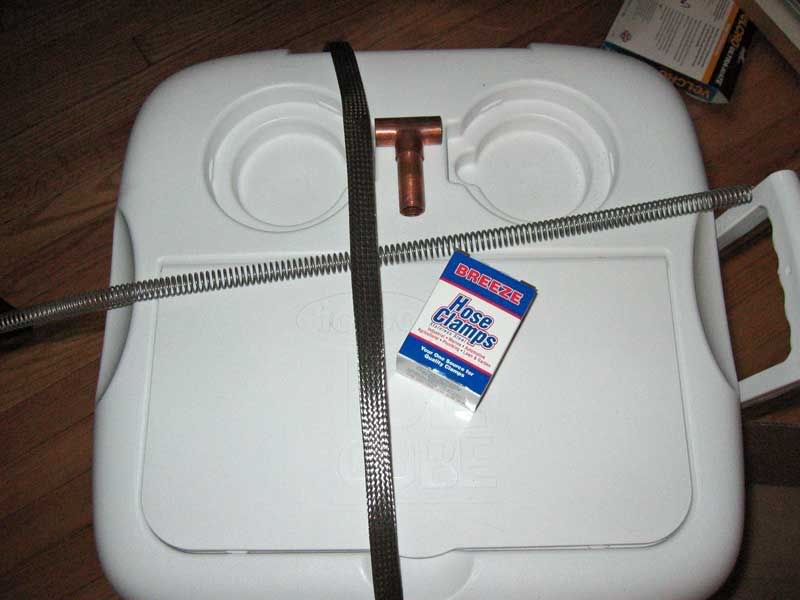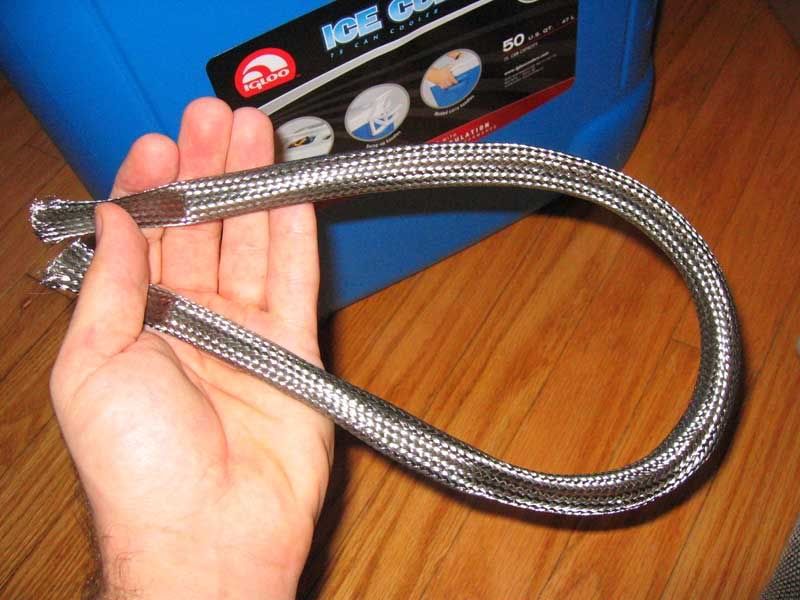DNW
Well-Known Member
- Joined
- Nov 9, 2008
- Messages
- 182
- Reaction score
- 3
Ok, I did one AG batch using a 5 gallon paint strainer, but wanted to do a Pilsen with a multistep mash schedule using my new pressure cooker SIMS setup and knew I couldn't do that in a bag. So I bought a 3/4" braid and put a circular braid setup in the bottom of my 5 gallon Igloo®.
Once I figure out I needed to fully open the valve on my steam source the SIMS system worked great, but I totally stretched out and wrapped up my braid with all the stirring. It still worked OK - I feel I got pretty good drainage and ended up with just about exactly 75% brewhouse efficiency, but I'm wondering if I should re-use it. For one thing, there was a bunch of what looked like little pieces of SS braid in the bottom. For another, with the thing stretched out to almost three feet long I don't see how any more than the first couple inches are really doing anything.
Should I ditch it and build a copper or CPVC manifold? Or has anyone tried putting a "form" inside the braid? Like some tubing with large slits in it or something to hold the shape?
Once I figure out I needed to fully open the valve on my steam source the SIMS system worked great, but I totally stretched out and wrapped up my braid with all the stirring. It still worked OK - I feel I got pretty good drainage and ended up with just about exactly 75% brewhouse efficiency, but I'm wondering if I should re-use it. For one thing, there was a bunch of what looked like little pieces of SS braid in the bottom. For another, with the thing stretched out to almost three feet long I don't see how any more than the first couple inches are really doing anything.
Should I ditch it and build a copper or CPVC manifold? Or has anyone tried putting a "form" inside the braid? Like some tubing with large slits in it or something to hold the shape?





